The Patan Museum, in Lalitpur, Nepal, is a remarkable cultural institution that showcases the rich artistic heritage of the Kathmandu Valley. Housed in a former royal palace, this museum offers an immersive experience of the history and craftsmanship of the region. The exhibits feature exquisite collections of traditional Nepalese art, including bronze and copper statues, wood carvings, and religious artefacts, providing a deep understanding of the region’s cultural evolution. The Patan Museum is a must-visit destination for those interested in Nepalese history and art.
Patan Museum Location
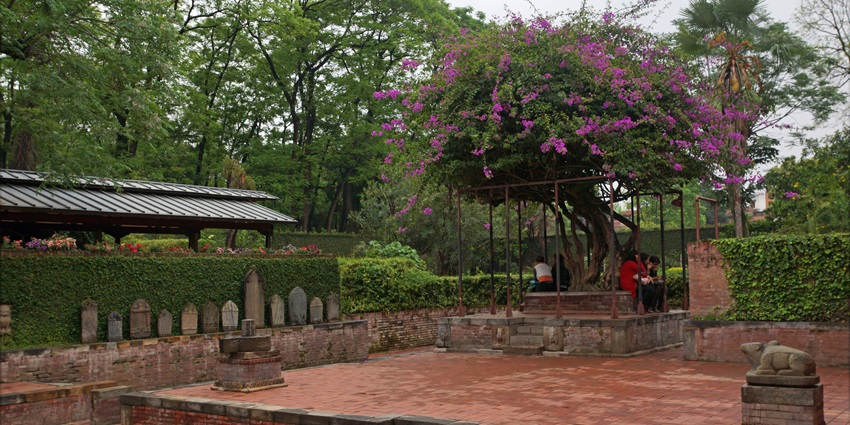
Photo: Allie_Caulfield / Wikimedia Commons
The Patan Museum is in the heart of Patan Durbar Square, a historic and culturally significant area in Lalitpur, Nepal. The museum is an architectural gem, housed within the former palace of the Malla kings. This location is amidst a rich tapestry of historical buildings, ancient temples, and vibrant local life. Its central position in Patan Durbar Square not only makes it a focal point for visitors interested in Nepal’s history and art but also enhances its role in preserving and showcasing its rich legacy.
Suggested Read: Bungee Jumping In Nepal
How To Reach Patan Museum
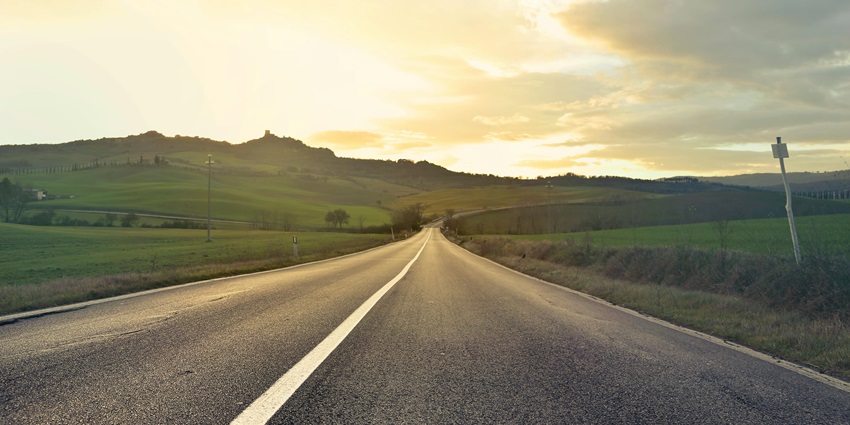
Photo: Andrea Piacquadio / Pexels / Image For Representation Only
The Patan Museum is easily accessible by air, bus, and taxi, making it a popular destination for both locals and tourists.
By Air: The nearest airport to Patan Museum is Tribhuvan International Airport in Kathmandu. From the airport, you can take a taxi or local transport to reach Patan Durbar Square.
By Bus: Local buses are available from various parts of Kathmandu to Patan Durbar Square. The bus journey is economical and provides an authentic experience of travelling in Nepal.
By Taxi: Taxis are readily available throughout Kathmandu and can take you directly to Patan Museum. The journey is quick and comfortable, with the fare depending on the distance and traffic conditions.
Places To Visit In And Around Patan Museum
Explore the rich cultural heritage and vibrant attractions surrounding Patan Museum. Here’s a list of places to visit around Patan Museum:
1. Golden Temple (Hiranya Varna Mahavihar)
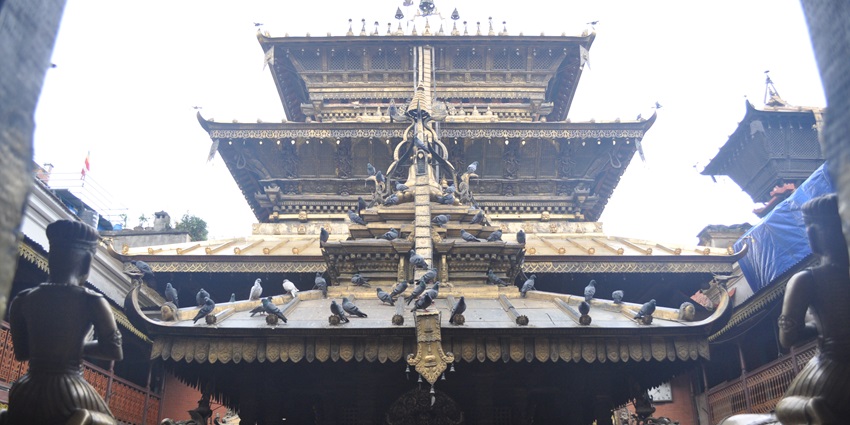
Photo: Megh shakya / Wikimedia Commons
The Golden Temple, also known as Hiranya Varna Mahavihar, is a prominent Buddhist monastery just a short distance from Patan Museum. This temple is a prime example of Newar craftsmanship, featuring a stunning golden facade adorned with intricate wood and metal carvings. The temple is dedicated to the worship of Shakyamuni Buddha, and inside, you will find numerous statues, sacred texts, and religious artefacts that highlight the rich Buddhist heritage of the Kathmandu Valley.
Timings: 5 AM – 7 PM
Entry Fee: NPR 50 / ₹30
Suggested Read: Himalaya Base Camp Trek
2. Mahabouddha Temple
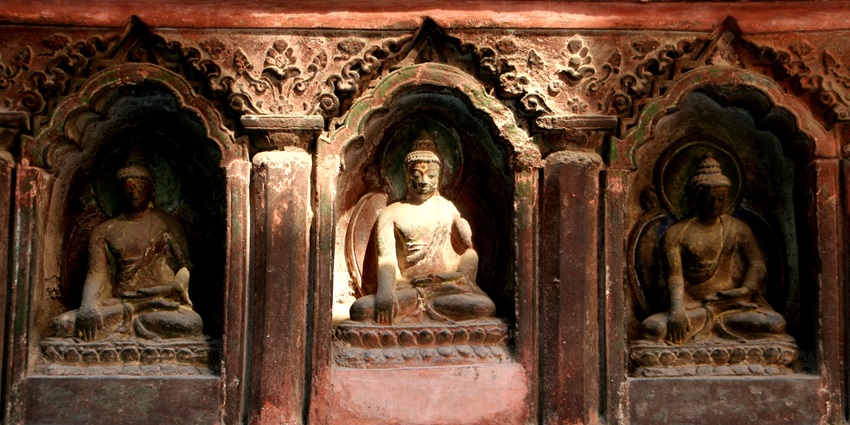
Photo: Jon Gudorf Photography / Wikimedia Commons
The Mahabouddha Temple, also known as the Temple of a Thousand Buddhas, is one of the most important religious sites. This temple is renowned for its unique architecture, with every brick engraved with the image of Buddha, a testament to the devotion and artistry of the Newar community. The temple is a masterpiece of terracotta craftsmanship, reflecting the rich cultural heritage of the Kathmandu Valley. Visitors can explore the temple complex, which includes various shrines and courtyards, each offering a glimpse into the spiritual life of the region.
Timings: 7 AM – 6 PM
Entry Fee: NPR 100 / ₹60
3. Kumbeshwar Temple
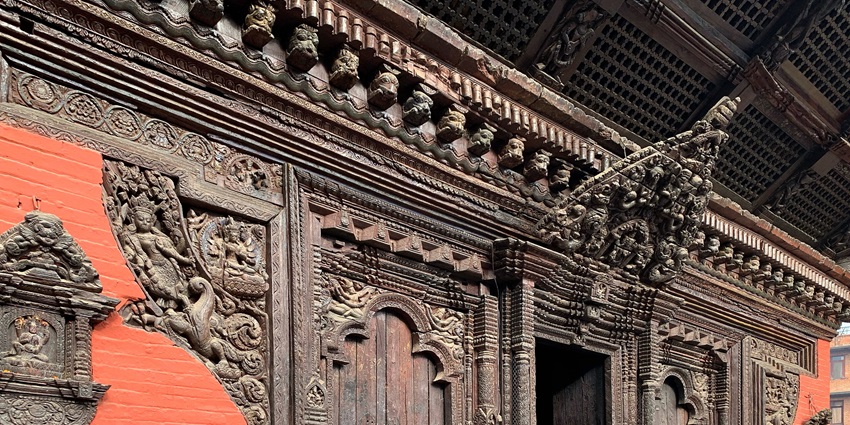
Photo: Chainwit. / Wikimedia Commons
Kumbeshwar Temple, one of the oldest and most revered Hindu temples, is dedicated to Lord Shiva. The temple is an architectural marvel, featuring a five-tiered pagoda structure that is rare in Nepal. The temple complex is home to several smaller shrines and a sacred pond, believed to be connected to the holy Ganges River. During the annual Janai Purnima festival, thousands of devotees flock to Kumbeshwar to take a ritual bath in the pond. The temple is not only a place of worship but also a significant cultural site, offering insights into the religious traditions of the Newar community.
Timings: 6 AM – 7 PM
Entry Fee: Free
Suggested Read: Skydiving In Pokhara
4. Patan Durbar Square
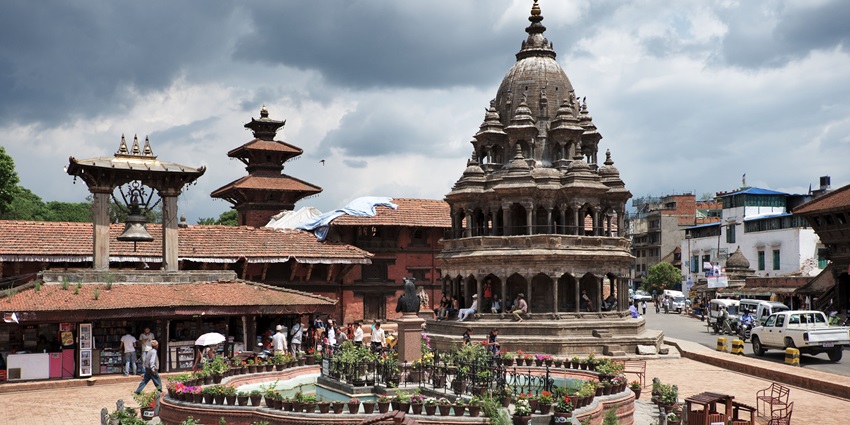
Photo: Alexander Shafir / Wikimedia Commons
Patan Durbar Square, a UNESCO World Heritage site, is the historical and cultural heart of Patan. The square is surrounded by ancient palaces, temples, and courtyards that showcase the exquisite craftsmanship of the Newar artisans. The central attraction is the ancient royal palace, now housing the Patan Museum, where visitors can explore artefacts that tell the story of the Kathmandu Valley’s rich history. The square is also home to several other important monuments, including the Krishna Mandir and the Bhimsen Temple. Patan Durbar Square is a living museum, offering a unique glimpse into the architectural and cultural heritage of Nepal.
Timings: 6 AM – 7 PM
Entry Fee: NPR 1,000 / ₹625
5. Ashok Stupa
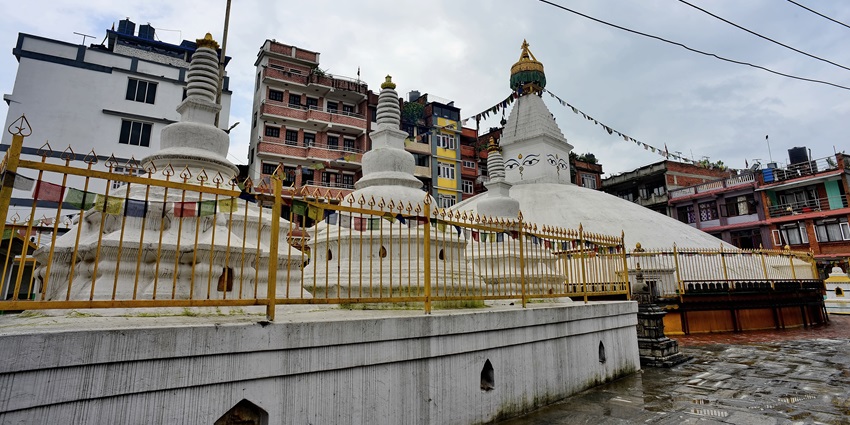
Photo: Rajesh Dhungana / Wikimedia Commons
Ashok Stupa, located near Patan Durbar Square, is one of the oldest Buddhist monuments in Nepal. The stupa is believed to have been built by Emperor Ashoka during his visit to the region in the 3rd century BCE. This ancient structure, simple yet profound, symbolises the spread of Buddhism in the Kathmandu Valley. The stupa is surrounded by a small garden, providing a peaceful environment for meditation and reflection. The site is a testament to the long history of Buddhism in the region and offers a tranquil space for visitors to connect with the spiritual heritage of Nepal.
Timings: 24*7
Entry Fee: Free
Suggested Read: Jungle Safari In Nepal
Where To Stay
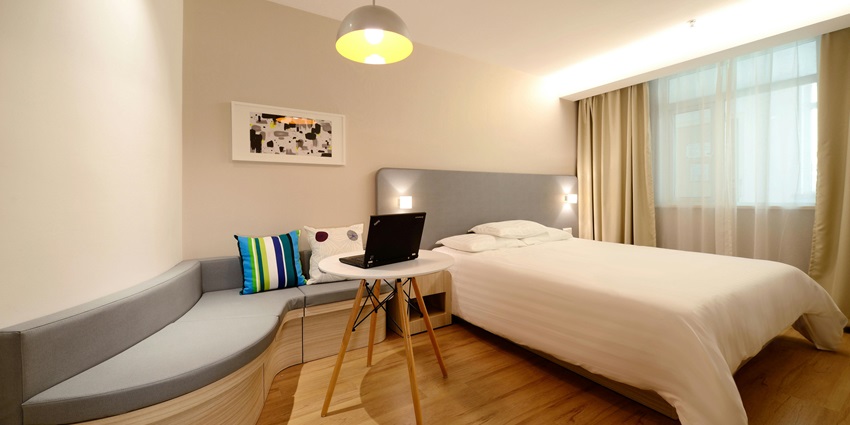
Photo: Pixabay / Pexels / Image For Representation Only
Patan offers a variety of accommodation options to suit different budgets and preferences. Some recommended places to stay near Patan Museum include The Inn Patan, Hotel Himalaya, and Traditional Homes Swotha. These hotels offer comfortable stays with modern amenities and are conveniently located near Patan’s major attractions.
Where To Eat
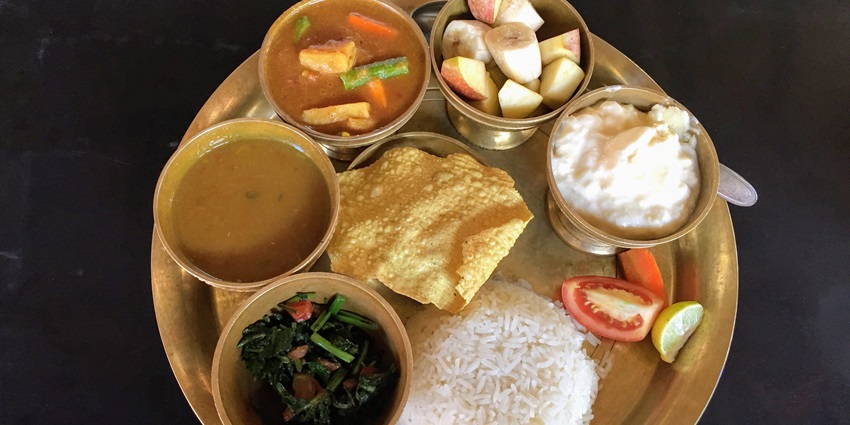
Photo: Subhashish Panigrahi / Wikimedia Commons / Image For Representation Only
Patan has a vibrant food scene, with numerous restaurants and cafes offering a mix of traditional Nepalese and international cuisines. Some popular dining spots near Patan Museum include Cafe Swotha, Dhokaima Cafe, and Patan Museum Cafe. Visitors can enjoy local Newari dishes, such as Yomari and Bara, as well as a variety of international options in these charming settings.
Suggested Read: Nepal Nightlife For Singles
Best Time To Visit Patan Museum
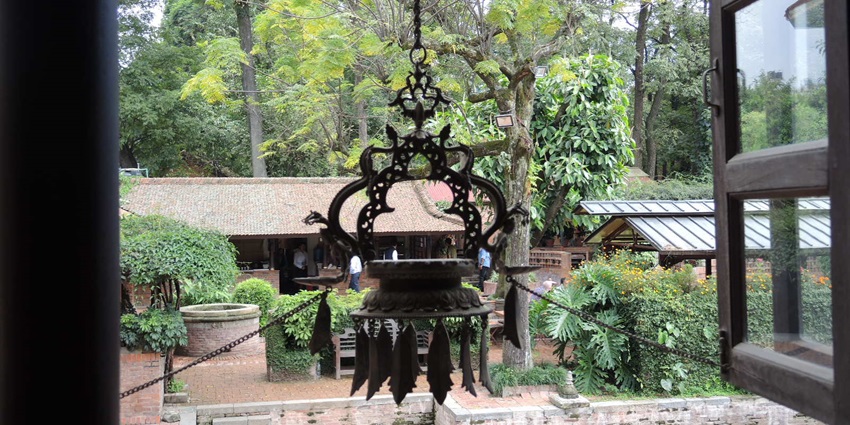
Photo: mebrett / Wikimedia Commons
The best time to visit the Patan Museum is from March to May and September to November. The weather during these months is pleasant, with clear skies and mild temperatures, making it ideal for exploring the museum and the surrounding attractions. Avoid the monsoon season (June to August) as heavy rainfall can disrupt travel plans.
Other Factors To Consider
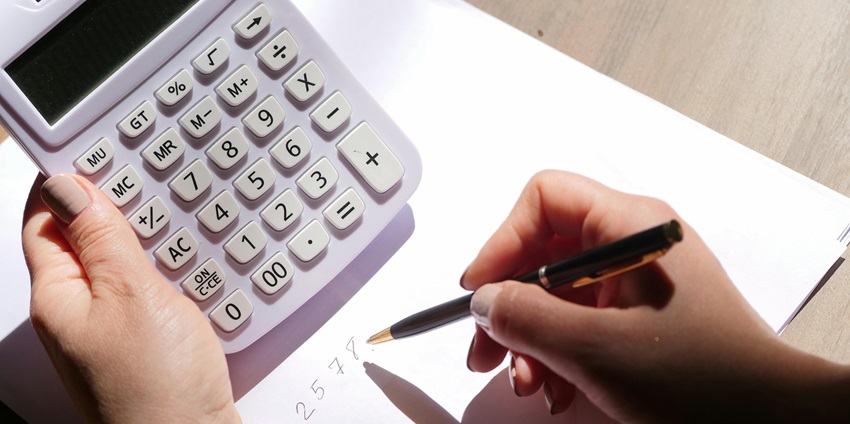
Photo: Kindel Media / Pexels / Image For Representation Only
Average Cost Of Trip
The cost of a trip to Patan Museum varies based on your travel preferences, accommodation, and activities. The entry fee to the museum is NPR 1,000 / ₹625, but other costs such as accommodation, dining, and transportation will add to the overall expenses. On average, a trip to Patan Museum, including accommodation, meals, and sightseeing, can cost between NPR 16,000 – NPR 32,000 / ₹10,000 – ₹20,000.
Tips For Travellers
- Respect the local customs and traditions when visiting the Patan Museum and the surrounding sites.
- Wear comfortable walking shoes, as the museum and nearby attractions require a fair amount of walking.
- Always ask for permission before taking photographs, especially on religious sites.
- Carry some local currency (NPR) for small purchases, as credit card facilities may not be available everywhere.
- Plan your visit early in the day to avoid crowds and enjoy a more peaceful experience.
Suggested Read: Guide To Royal Chitwan National Park Nepal
Patan Museum offers a fascinating journey into the heart of Nepalese culture and history, with its rich collections of art, architecture, and religious artefacts. Explore the cultural heritage of the Kathmandu Valley. Ready to experience the vibrant history and artistry of Nepal? Book your Patan Museum tour with TripXL today and enjoy a well-curated experience in one of Nepal’s most treasured cultural sites.
Cover Photo: Chainwit. / Wikimedia Commons


 WhatsApp
WhatsApp
 Twitter
Twitter









